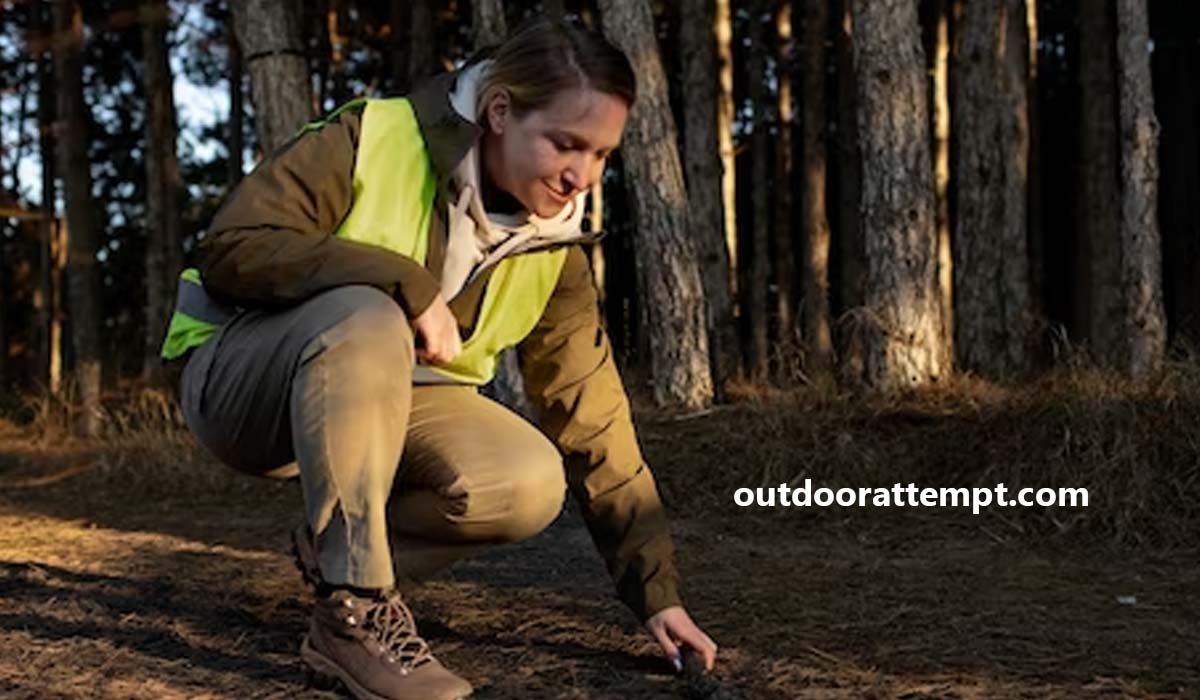How to Pass Alone in the Forest The allure of the forest is undeniable, with its serene beauty, untouched landscapes, and the opportunity for profound solitude.
How to Pass Alone in the Forest
Venturing alone into the heart of the woods can be an exhilarating experience, offering a chance to reconnect with nature, find inner peace, and test one’s survival skills. However, such an undertaking requires careful planning, preparation, and a deep respect for the wilderness.
In this guide, we will explore essential tips and considerations to ensure a safe and fulfilling solitary journey through the forest.
Research and Plan
Before embarking on your solo forest expedition, comprehensive research is paramount. Familiarize yourself with the specific forest area you intend to explore: its terrain, climate, wildlife, and potential hazards. Obtain detailed maps, trail guides, and weather forecasts to make informed decisions and set realistic expectations for your adventure.
Choose the Right Location
Selecting the right forest location is crucial for a successful solo experience. Opt for well-marked trails and popular routes, especially if you are relatively new to solo wilderness excursions. As you gain more experience, you can gradually explore more remote and challenging areas.
Inform Others of Your Plans
Always inform a friend or family member about your intended route, estimated duration, and expected return time. Provide them with a copy of your itinerary and contact details. This precaution ensures that someone is aware of your whereabouts and can take action if you do not return as planned.
Pack Wisely
Pack your backpack with essential gear to ensure your safety and comfort during your forest journey. Some key items include:
Navigation tools
Maps, compass, GPS device, or smartphone with offline maps.
First aid kit
Basic medical supplies for treating injuries and ailments.
Water and water purification methods
Sufficient clean water to stay hydrated.
Food
Nutrient-rich, non-perishable snacks and meals.
Shelter
Lightweight, weather-resistant tent or tarp, sleeping bag, and insulation.
How to Pass Alone in the Forest
Embarking on a solo journey through the forest can be a transformative and rewarding experience. By thoroughly researching, planning, and preparing for your adventure, you can maximize your enjoyment while ensuring your safety.
Remember that the forest is a place of wonder and beauty, but it demands respect and careful consideration. With the right mindset and adequate preparation, you can confidently explore the depths of the woods and forge a deeper connection with the natural world.
Clothing
Layered clothing suitable for the forest’s climate and potential weather changes.
Fire-starting tools
Waterproof matches, lighters, and fire starters.
Multi-tool or knife
For various tasks and potential emergencies.
Personal identification and emergency contact information.
Develop Survival Skills
Basic survival skills are invaluable for navigating the forest alone. Learn how to start a fire, build a shelter, find edible plants, and purify water. Acquiring these skills boosts your confidence and enhances your ability to handle unexpected situations.
Prioritize Safety
Safety should be your top priority when passing alone in the forest. Stay on marked trails, avoid risky terrain, and exercise caution near cliffs, bodies of water, and steep slopes. Be aware of wildlife behavior and keep a safe distance. Familiarize yourself with basic self-defense techniques, and carry bear spray or other deterrents if relevant to the area.
Practice Leave No Trace Principles
Respect the environment by adhering to Leave No Trace principles. Minimize your impact on the ecosystem by packing out all trash, using established campsites, and avoiding unnecessary disturbance to plants and wildlife.
Trust Your Instincts
Your instincts are powerful tools. If a situation feels unsafe or uncomfortable, trust your gut feelings and make decisions accordingly. Flexibility is key; be prepared to alter your plans if conditions change unexpectedly.
How to Pass Alone in the Forest
The vast and mysterious expanse of the forest has long captivated the human spirit, inspiring poets, artists, and adventurers alike. Venturing alone into the heart of these enigmatic woodlands is a journey that offers not only a chance to commune with nature but also an opportunity for self-discovery, resilience, and contemplation.

While the prospect of passing alone in the forest may seem daunting, with careful preparation and a few essential skills, it can become an unforgettable and life-affirming experience. In this guide, we will delve deeper into the art of solitary forest exploration, exploring additional techniques and strategies to ensure a safe and enriching adventure.
Develop Wilderness Navigation Skills
Mastery of wilderness navigation is a fundamental skill for anyone considering a solo forest expedition. Alongside traditional tools like maps, compasses, and GPS devices.
It’s beneficial to learn how to read the landscape, identify landmarks, and gauge distances without relying solely on technology. Familiarize yourself with natural navigation cues such as the position of the sun, the growth patterns of trees, and the flow of water.
Embrace Mindfulness and Reflection
Solitude in the forest offers a unique opportunity for introspection and mindfulness. Disconnect from the constant noise and distractions of modern life, and allow yourself to fully immerse in the sights, sounds, and sensations of the wilderness.
Engage in practices like meditation, journaling, or simply sitting quietly to observe your surroundings. This can lead to a deeper connection with nature and insights into your own thoughts and emotions.
Hone Primitive Skills
While modern equipment is essential, acquiring primitive survival skills can enhance your forest experience and contribute to your self-sufficiency. Learn how to create friction fire using a bow drill or hand drill.
Craft basic tools from natural materials, and construct shelters without relying on modern gear. These skills not only connect you to ancient human traditions but also provide a sense of empowerment and self-reliance.
Study Flora and Fauna
Enhance your forest journey by studying the local plant and animal life. Learn to identify edible plants, medicinal herbs, and potentially hazardous species. Familiarize yourself with the habits of wildlife in the area, enabling you to coexist harmoniously and avoid potentially dangerous encounters.
Nighttime Preparedness
Passing alone in the forest also involves navigating its mysteries after dark. Prepare for nighttime exploration by bringing a reliable flashlight or headlamp, extra batteries, and practicing nocturnal navigation techniques. Learn to interpret the night sky for directional cues and consider bringing a star chart to identify constellations.
Overcome Fear and Isolation
Solo forest exploration can trigger feelings of fear and isolation, especially during the quiet of the night. Embrace these emotions as part of the experience and find ways to cope. Engage in positive self-talk, stay focused on your goals, and remind yourself of your preparedness. Remember that fear often accompanies growth and discovery.
Capture the Experience
Documenting your solitary forest journey can be a powerful way to preserve memories and share your experience with others. Bring along a camera or journal to record your thoughts, observations, and the stunning landscapes you encounter. Use your creativity to capture the essence of the forest through photography, sketches, or even poetry.
Conclusion
Passing alone in the forest is an endeavor that demands respect, preparation, and a willingness to embrace the unknown. Beyond the physical challenges, it offers an unparalleled opportunity for personal growth, self-reliance, and a profound connection with nature.
How to Pass Alone in the Forest
By developing a diverse set of skills, honing your instincts, and nurturing a sense of wonder, you can embark on a solitary forest journey that enriches your life and expands your understanding of the world around you.
